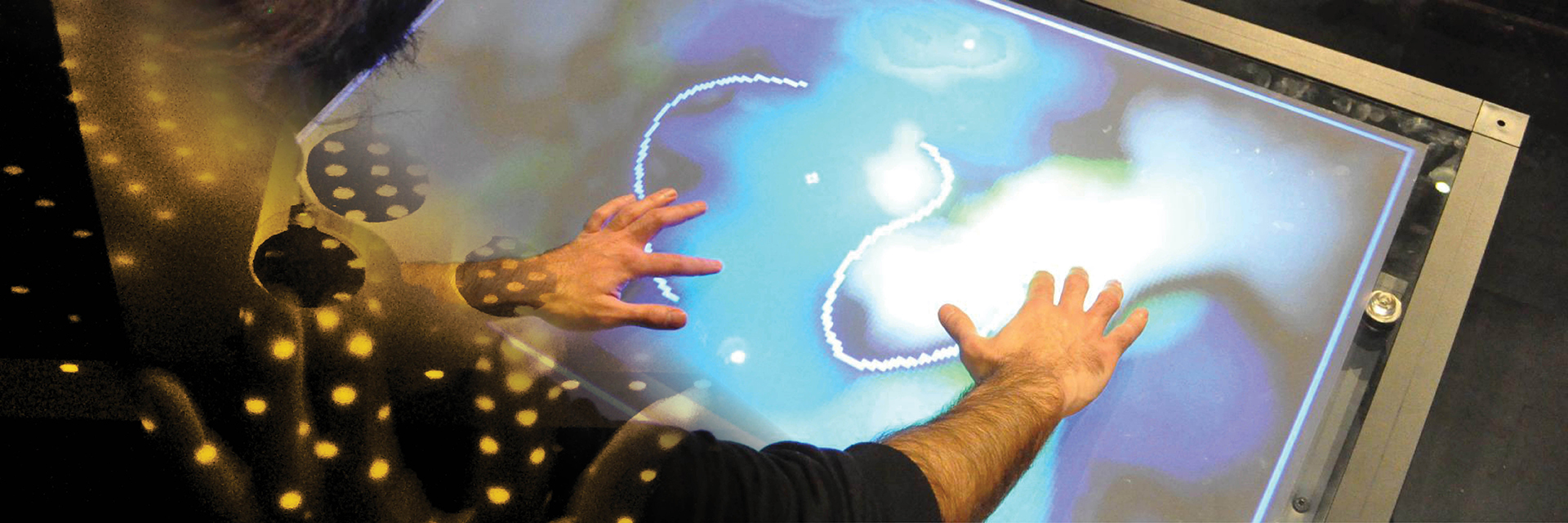
The 2020 Instruments
The 2020 Instruments
The finalists for the Guthman competition came from all over the world to Atlanta to show off their innovative musical creations. Learn more about the 2020 finalists.
Svampolin
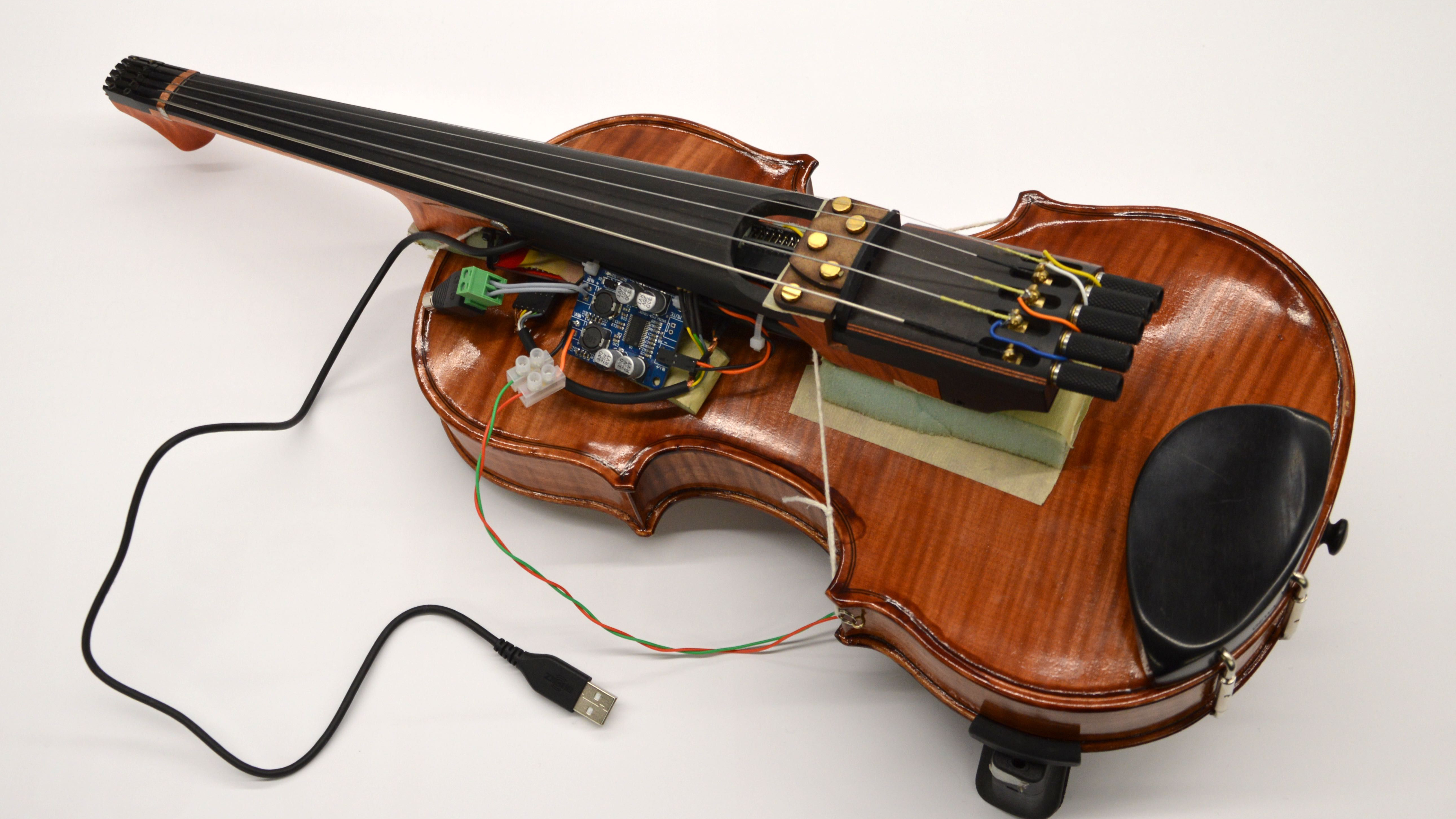
Originally designed as an accessible violin for beginning violinists, the Svampolin is a hybrid acoustic-electronic instrument that combines a conventional violin body with digitally altered audio. It can correct the intonation of a violinist or add electronic effects not possible on traditional instruments.
The Svampolin's creator, Laurel S. Purdue, comes to the competition from London, United Kingdom.
Jamboxx Pro
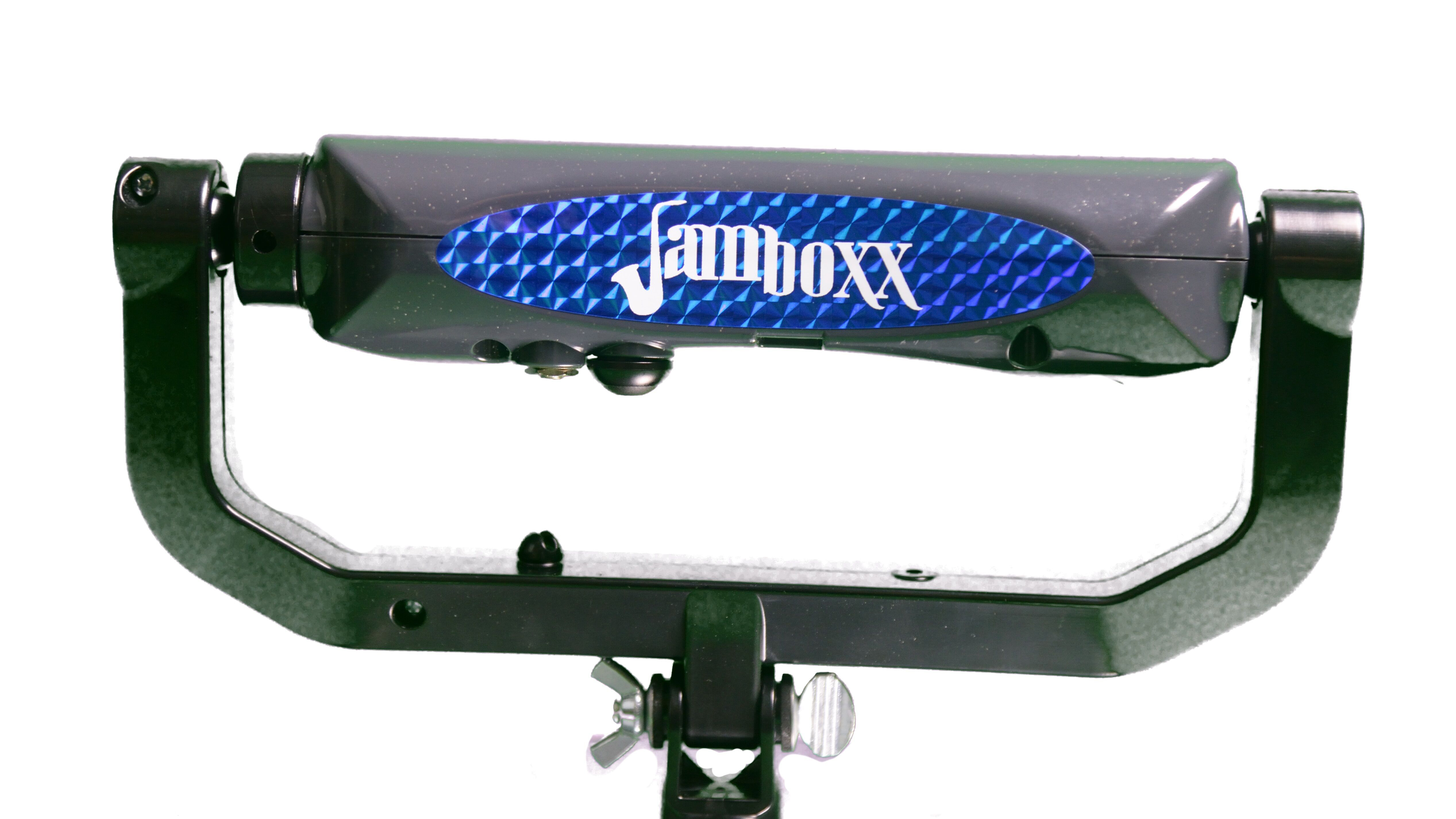
The Jamboxx is an electronic, hands-free instrument styled after a harmonica. It can play any instrument sound including guitar, drums, violin, piano or even voices. It can be easily adapted for those with physical or cognitive handicaps or special needs, whether children or adults.
The Jamboxx's creator, David Whalen, comes to the competition from Albany, New York.
The Galaxy Electric Harp
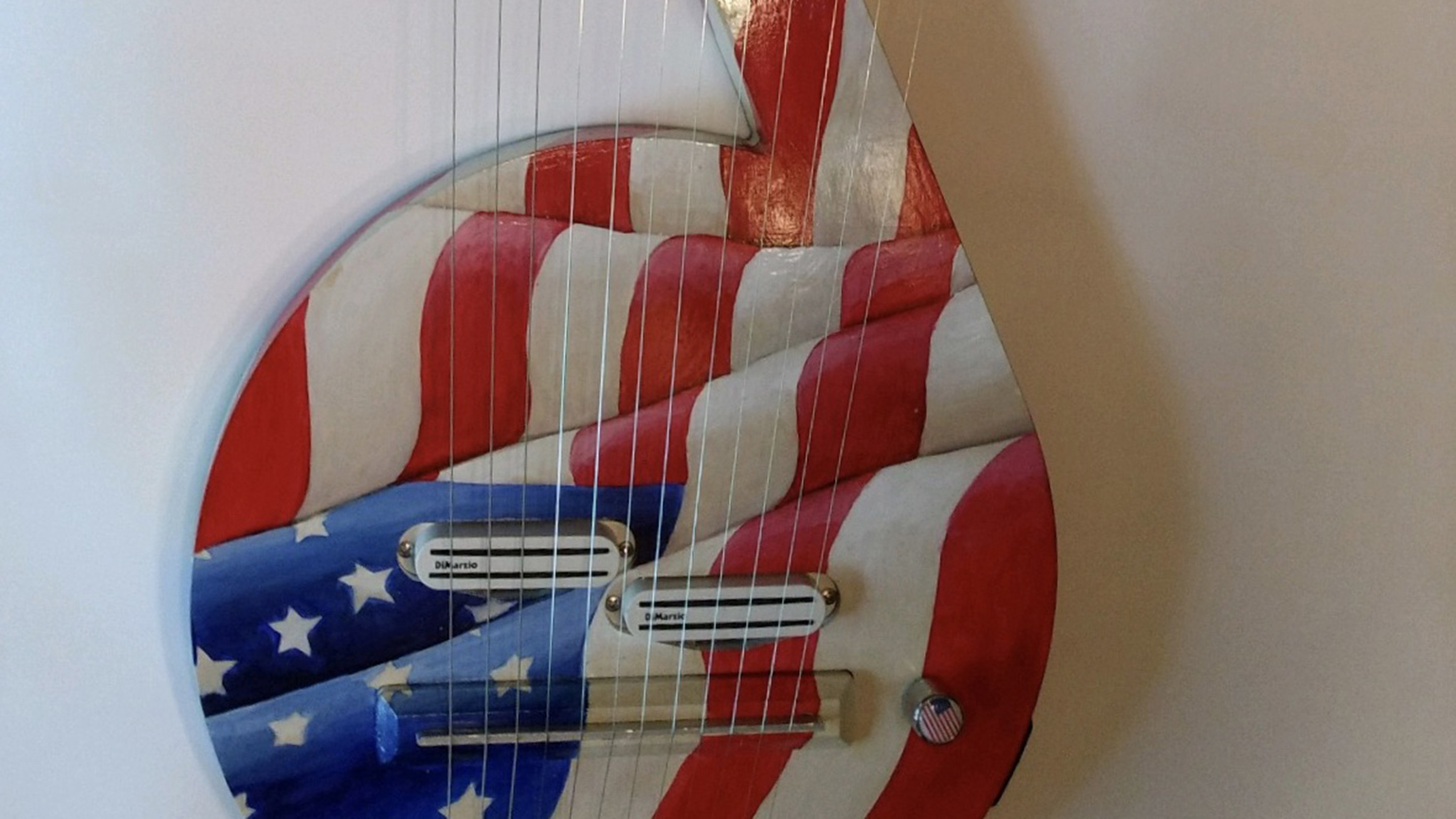
The Galaxy Electric Harp is a 12-string instrument that can achieve guitar-like sounds with the true sustain of a harp and the unique tuning possible with an electric string instrument.
The Galaxy Electric Harp's creator, Joseph P. LoSchiavo, comes to the competition from Medford, New York.
MEMO/MOVE
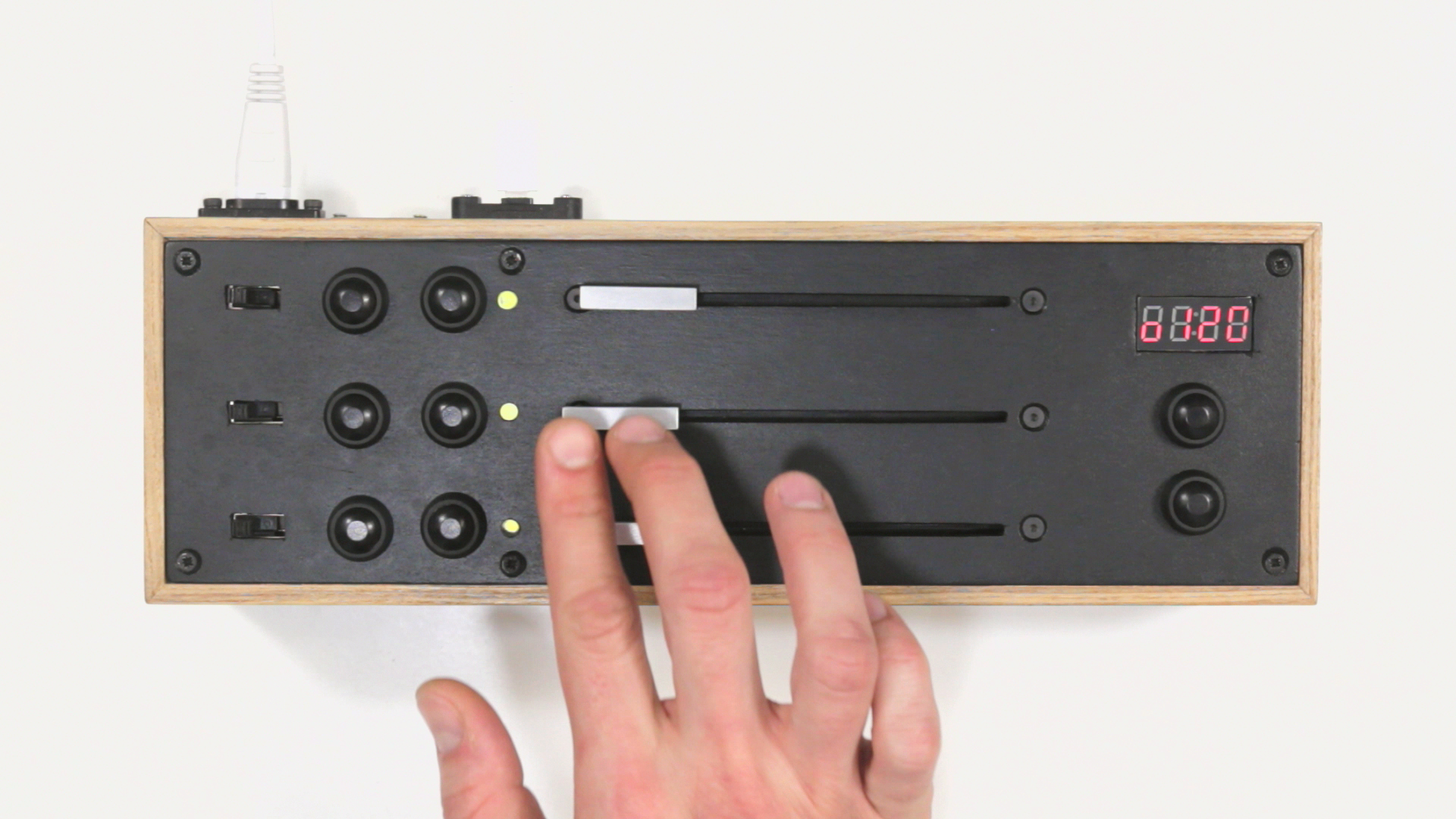
MEMO/MOVE enables performers to record, playback, and loop the movements of three motorized faders which in turn transform a recorded sound. The system enables performers to expressively and unexpectedly manipulate sounds through an intuitive, visual interface.
The MEMO/MOVE's creator, Krzysztof Cybulski, comes to the competition from Warsaw, Poland.
Ork.1

Ork.1 is an orchestra of seven robotic percussion instruments. Together, the instruments suggest the unique instrumental designs and shapes that are possible when instruments no longer need to consider the ergonomics of human performance.
The Ork.1's creator, Alexandre Berthaud, comes to the competition from Rennes, France.
Stretchi
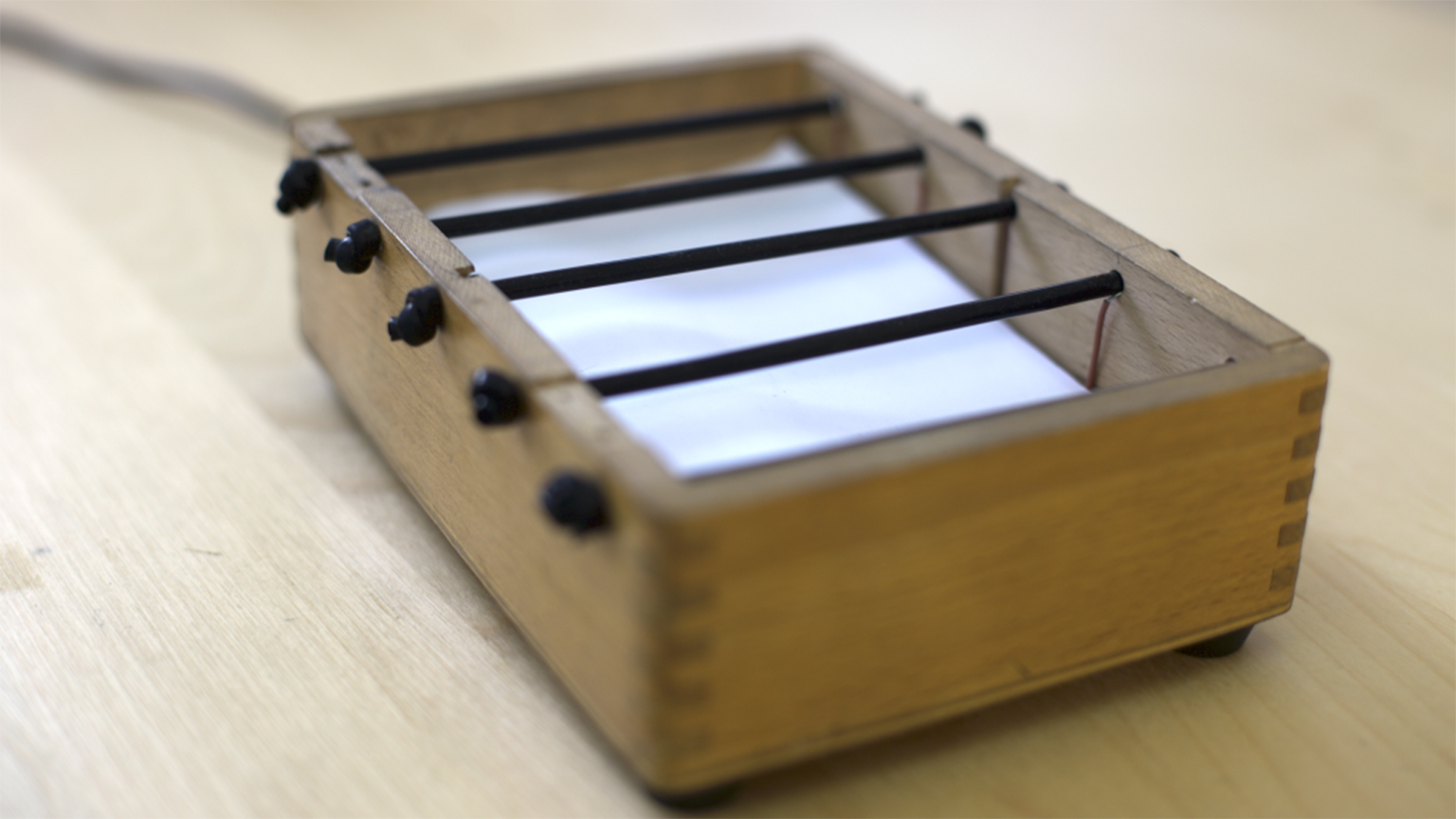
Stretchi is a five-string instrument in which the musician can stretch, push and pull the strings to control the timbre of the sound. The instrument has been designed to support players with limited mobility.
The Stretchi's creator, Hugh Aynsley, comes to the competition from London, United Kingdom.
ElectroSpit
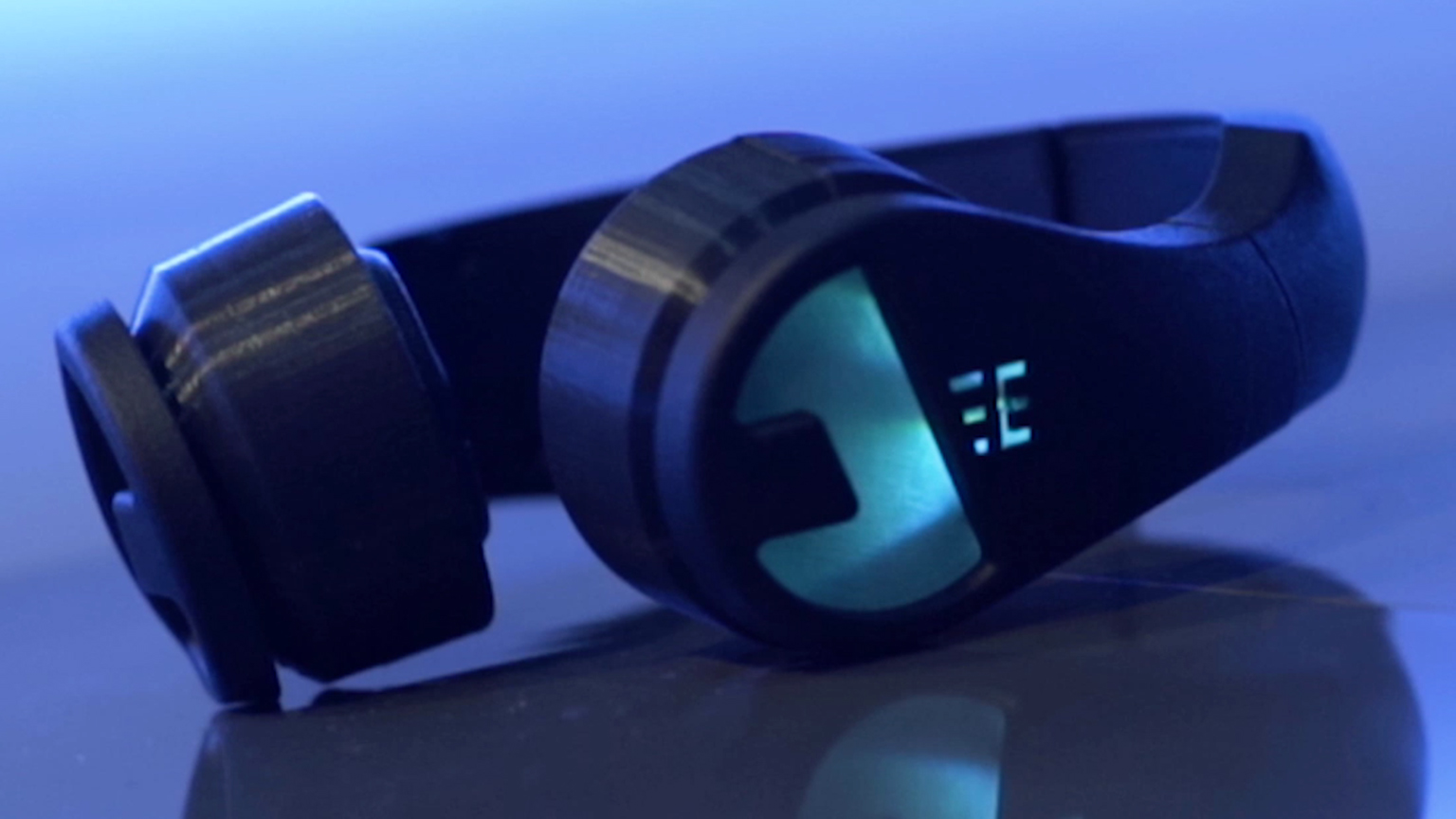
ElectroSpit’s ESX-1 simplifies the classic talkbox -- a cumbersome effects device that transforms sound through a musician's voice -- into a device worn on the user's neck and a companion mobile phone app.
The Electrospit's creator, Bosko, comes to the competition from Oakland, California.
Skoog
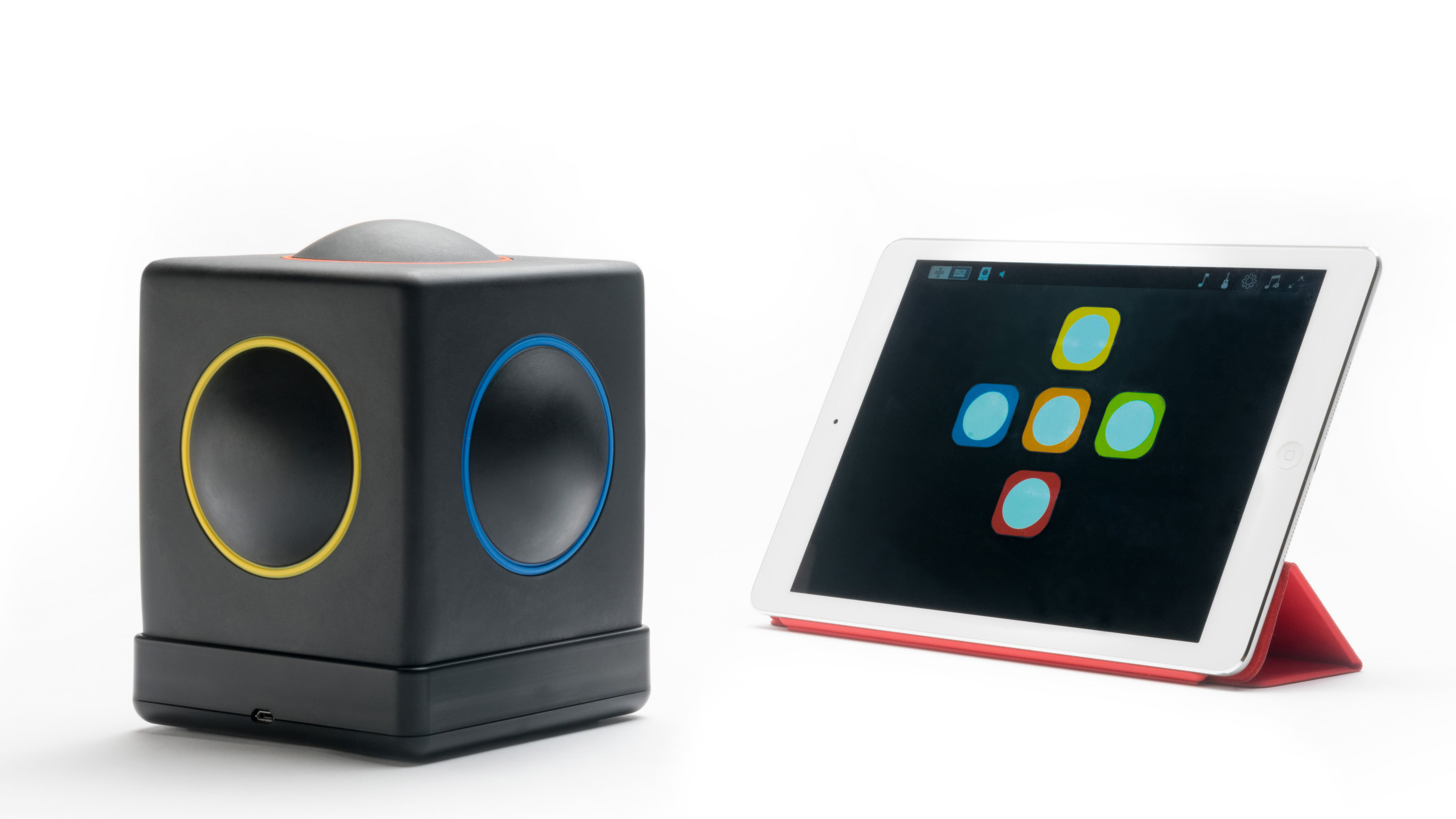
The Skoog is a tactile musical instrument that connects to a mobile app. Skoog’s universal design enables fun, accessible, expressive music-making for children, parents, teachers and families — including those with disabilities — within just a few minutes of it being taken out of the box.
The Skoog's co-creator, Dr. Benjamin Schogler, comes to the competition from Edinburgh, Scotland.
The e-Trombone
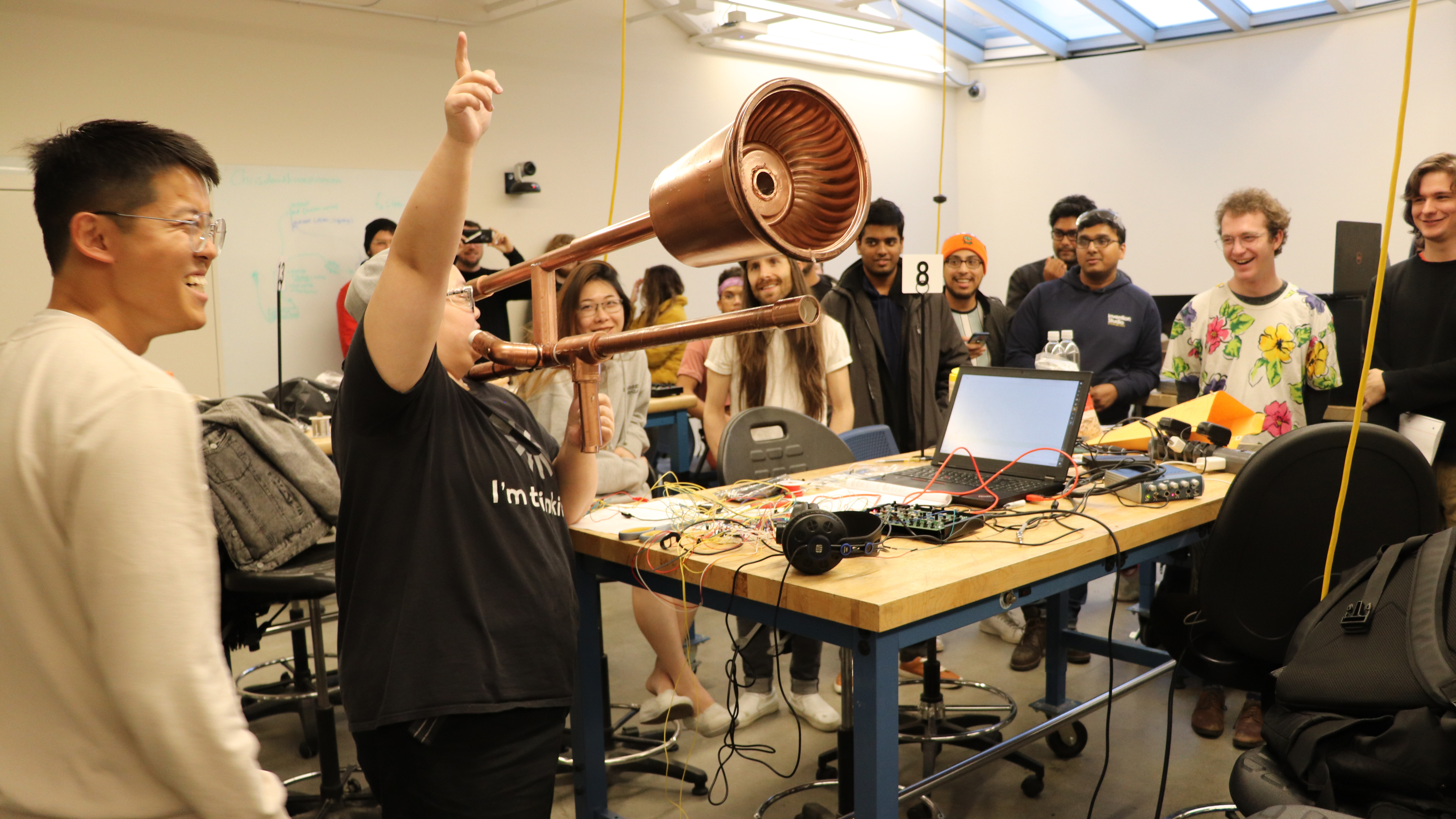
The winner of the 2020 Moog Hackathon, the e-Trombone is equipped with an array of wind sensors to allow players to create brass-like sounds through different blowing techniques. It is built out of PVC pipes, and glossy spray paint makes it look metallic. It is played like a conventional trombone, and the addition of a Moog Werkstatt allows it to play sounds that are not possible out of its traditional counterparts.
The e-Trombone’s creators come from a variety of places: Ruhan Yang comes to the competition from Boulder, Colorado, while Jiewen Wang, and Xiangyi Li come to the competition from Atlanta, Georgia. They all originally came from China.
Questions?
Contact Us